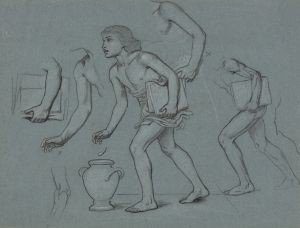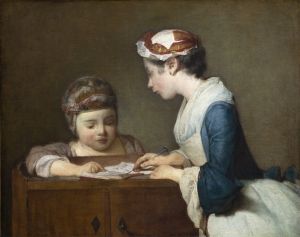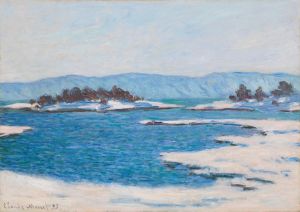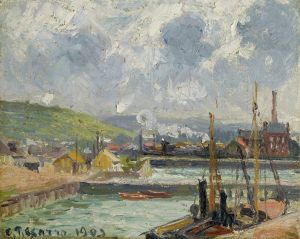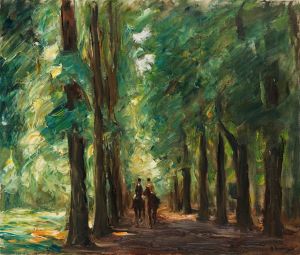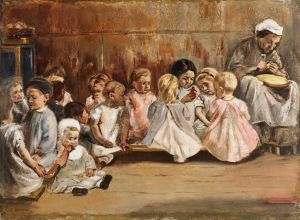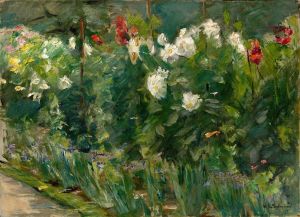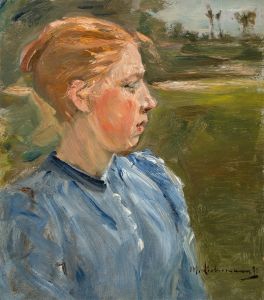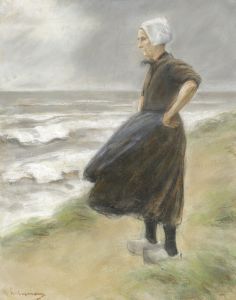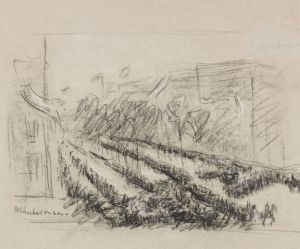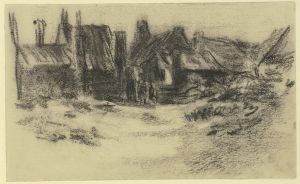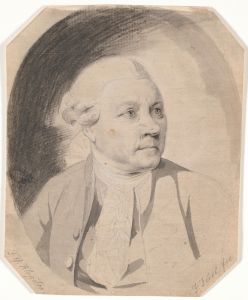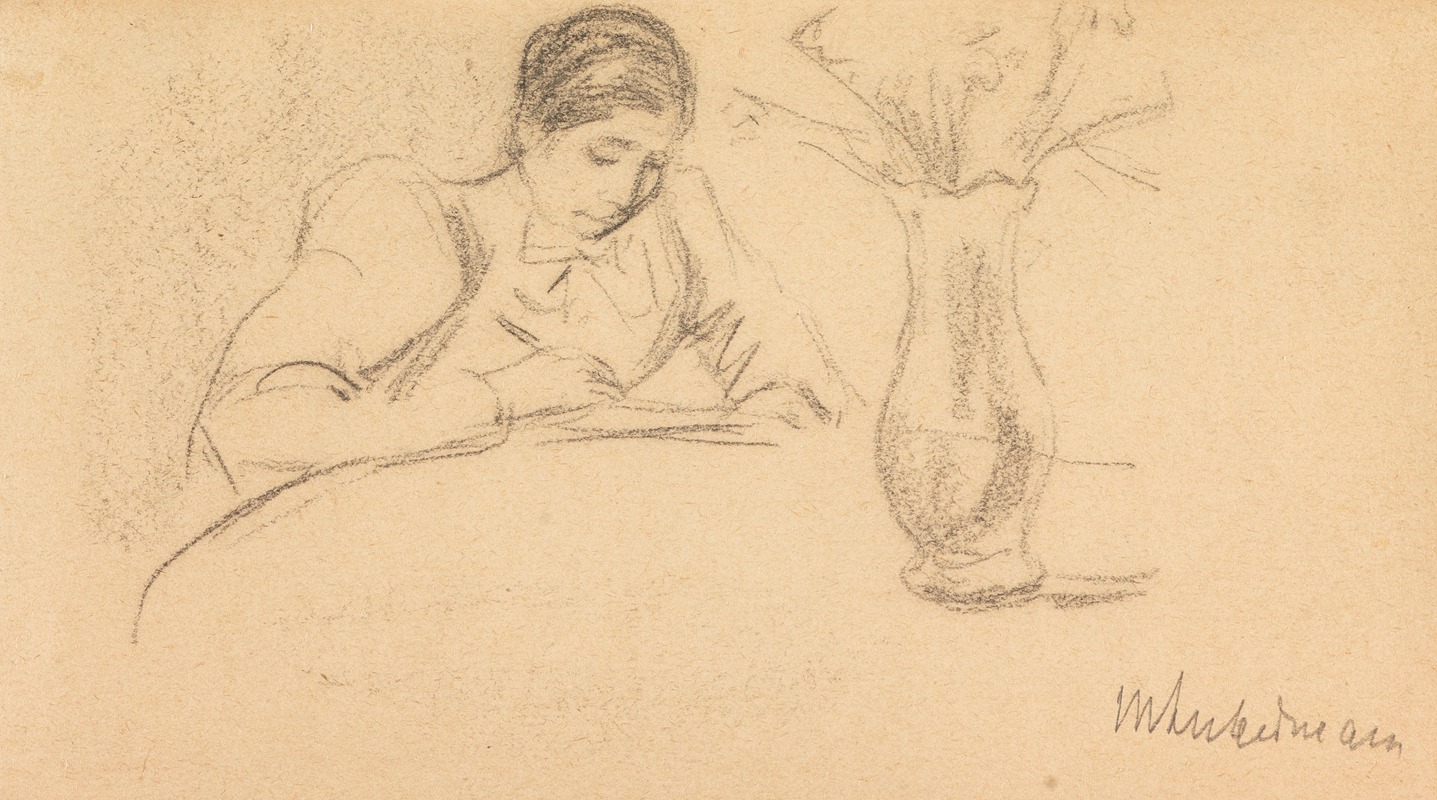
Lesende
A hand-painted replica of Max Liebermann’s masterpiece Lesende, meticulously crafted by professional artists to capture the true essence of the original. Each piece is created with museum-quality canvas and rare mineral pigments, carefully painted by experienced artists with delicate brushstrokes and rich, layered colors to perfectly recreate the texture of the original artwork. Unlike machine-printed reproductions, this hand-painted version brings the painting to life, infused with the artist’s emotions and skill in every stroke. Whether for personal collection or home decoration, it instantly elevates the artistic atmosphere of any space.
Max Liebermann's painting Lesende (translated as Reading Woman or simply Reader) is a notable work by the prominent German painter and printmaker, who was a leading figure in the Impressionist movement in Germany. Liebermann, born in 1847 in Berlin, is widely recognized for his depictions of everyday life, often portraying scenes of leisure, work, and domesticity with a focus on natural light and realistic detail.
Lesende depicts a woman engrossed in reading, seated in a serene and intimate setting. The painting exemplifies Liebermann's interest in capturing quiet, contemplative moments from daily life. The subject, a solitary figure, is rendered with a sense of calm and introspection, characteristic of Liebermann's works during this period. The artist's use of soft, natural light and loose brushstrokes reflects the influence of French Impressionism, which Liebermann embraced after studying and working in Paris and the Netherlands.
The exact date of creation for Lesende is not definitively documented, but it is believed to have been painted during the late 19th or early 20th century, a time when Liebermann was increasingly focused on themes of leisure and domestic tranquility. The painting aligns with his broader artistic philosophy of finding beauty in the ordinary and portraying human subjects with empathy and realism.
As with many of Liebermann's works, Lesende demonstrates his mastery of color and light, as well as his ability to convey texture and atmosphere. The subdued palette and relaxed posture of the subject contribute to the painting's overall sense of intimacy and quietude. Liebermann often drew inspiration from his surroundings, and this work may reflect his observations of middle-class life in Germany or the Netherlands.
Max Liebermann's career spanned several decades, and he became a central figure in the Berlin Secession, an art movement that sought to promote modern art in Germany. Despite facing criticism from conservative circles, Liebermann's contributions to modern art were widely recognized, and he served as the president of the Prussian Academy of Arts from 1920 to 1932. However, his career was later overshadowed by the rise of the Nazi regime, which targeted him due to his Jewish heritage.
Today, Lesende is appreciated as an example of Liebermann's skill in capturing the quiet dignity of everyday life. The painting is housed in a private collection or museum, though specific details about its current location are not readily available.





